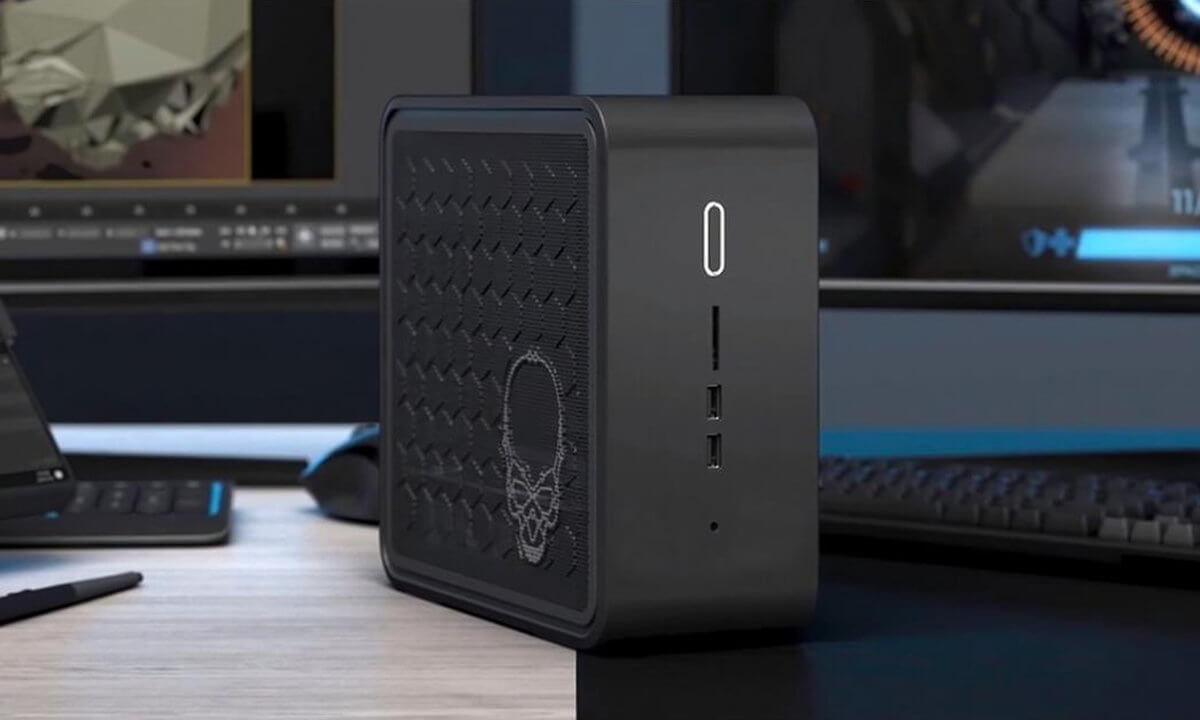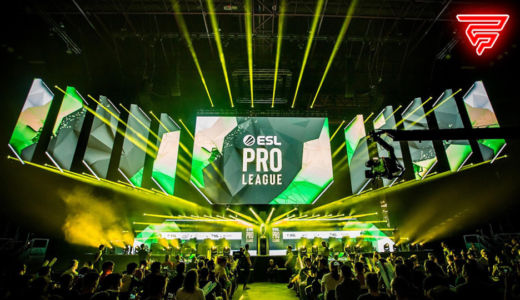There are many Intel NUC computers on the market these days (a surprising number, in fact), but not all of them are created equal, and that’s especially true when it comes to gaming. So, let’s take a more thorough look and rank these oh-so-peculiar devices based on their ability to push frames and render today’s most popular video games!
Intel NUC + Gaming | Why, though?
If you’re not partial to ultra small form factor PCs then there’s really no reason to splurge for an Intel NUC as there’s an endless number of alternatives, all of which will deliver a more enjoyable gaming experience. There’s just no other way to put it.
Intel NUCs are a luxury, and a fairly niche one, too. They’re extremely small and have all the computing power one might need (depending on the workflow, of course), but they do come at a premium. Still, if you have a bit of excess money lying around and want the absolute smallest and most portable desktop computer money can buy (from a well-known manufacturer), then these little machines will surely pique your interest!
Note: This is by no means a Top 5 list or anything similar, and that’s for one simple reason: these NUCs have been designed for different use-cases and target demographics. They’re all worth talking about as they all have distinct strengths and weaknesses; something for everyone, as they say!
Intel NUC 11 Phantom Canyon
The recently released Phantom Canyon is a unique specimen as it packs just the right amount of CPU and GPU horsepower for 1080p/1440p gaming. Its processor might be designed for thin-and-light laptops (Intel Core i7-1165G7, 4C & 8T), but you really wouldn’t be able to tell based on its performance — it’s an absolute beast in single-core workloads and will always deliver a highly responsive experience.
Its GPU, however, is its key selling point: the NVIDIA RTX 2060 (Max-P variant). Now, it might be a bit outdated, but it’s still more than sufficient for some serious triple A gaming. In fact, the Max-P variant is “only” 20% slower than its full-fledged desktop counterpart, so its power is nothing one should scoff at!
Better yet, thanks to a beefy cooling solution and some incredible engineering, Intel has managed to deliver a surprisingly silent experience under heavy work loads — a rarity, especially in the SFFPC segment of the market.
As is so often the case with Intel NUCs, the CPU and GPU are not user-replaceable. In other words: if it’s powerful enough for your needs then great! If not, it’s never gonna get any better, so you might as well avoid it. You could purchase an eGPU further down the line, but that would also come at a hefty cost; moreover, the processor might end up being a bottleneck depending on your use-case scenario, so just keep that in mind.
Note: Do not purchase any of Phantom Canyon’s predecessors (the Hades Canyon or Skull Canyon) as they’re either no longer supported or sound like jet engines under full load.
Intel NUC 11 Beast Canyon
The Beast Canyon is Intel’s latest and arguably most peculiar NUC yet. Based on its outward appearance, it is nothing more than a relatively compact SFFPC, but there is a caveat: powering it is Intel’s Compute Element, which can best be described as a NUC in itself. That’s where your CPU, RAM, and storage is housed and, much like any other dedicated component, it can be replaced and (eventually) upgraded, should the need arise.
If you want to use a dedicated graphics card — and don’t want to limit yourself to compact ITX models — then this is pretty much your only option. On the one hand, it’s packing Intel’s latest Tiger Lake H-series processors which is definitely a plus. On the other, it’s 8L in volume which, frankly, makes it anything but a NUC.
The whole point is to get a surprising amount of power in a petite enclosure. At 8L, however, you might as well build a regular gaming PC inside the Dan Case A4 or any similar SFFPC case (of which there are many).
Intel NUC Ghost Canyon 9 Extreme
The NUC 9 Extreme is an interesting little beast, and we mean that in both good ways and bad. On the one hand, at just 5L, it is every inch an SSFPC, and it’s quite a powerful one, too! On the other, it is as niche a device as they come, and its physical constraints might be a dealbreaker for some.
Graphics cards no longer than 8″ (203mm) are supported which will severely limit your options. Moreover, the NUC 9 Extreme was never a good deal from a price-to-performance standpoint. Its price has gone down quite a bit, but it’s still not what one would consider a “steal” (or anything close to it).
Still, it’s a very unique product and if its processing power (9th Gen H-series CPUs) is enough to meet your needs, then it might as well be worth taking a look at!
Smaller Intel NUCs
Last but certainly not least, we have a bunch of smallest Intel NUCs, most of which have been designed for relatively undemanding tasks and workloads. They can suffice for a bit of League of Legends on the side, but that’s about it. Fortunately, most of them come equipped with at least one Thunderbolt 3 port which means that you could, by all means, connect and external GPU and game to your heart’s content!
Whether that’s a wise investment or not (given its many inherent limitations and bottlenecks) is up for debate, but it is a possibility. Moreover, these smaller NUCs aren’t as expensive as some of their more hefty brethren and they’re compact enough to fit a normal-sized pocket — that’s the very definition of portable computing.
If you don’t mind splurging for an external graphics card, then these little machines (the i5-8259U Bean Canyon, especially) might be a good option!
Limited Upgradeability
As you’ve probably gathered, most of these NUCs are bespoke systems that, more often than not, cannot be upgraded. Some will allow you to swap out the GPU but that’s about it; if you happen to need a more powerful processor, you’ll find yourself in quite a pickle. So, needless to say, it’s quite important to fully understand what you need from these little machines and whether they’re capable enough to deliver.
The H-series processors might not be as beefy as their desktop counterparts, but the performance delta is by no means as large as some would lead you to believe. Moreover — unless you’re into 3D rendering or VFX — these processors should, by all means, suffice. They might not be the most potent options on the market, but they should not be underestimated, especially when it comes to single-core performance.







